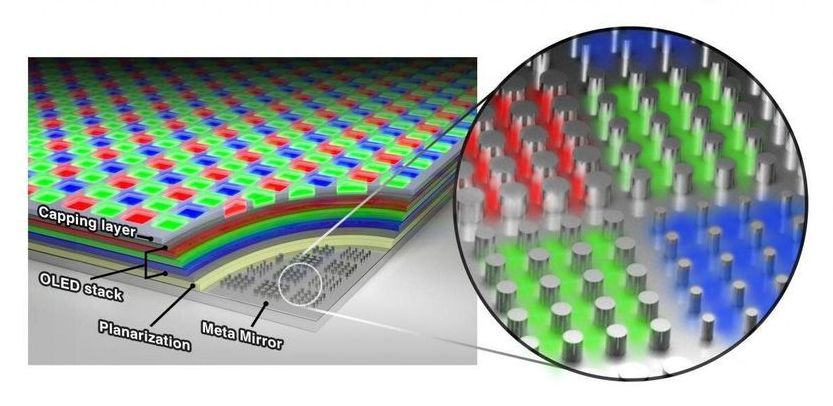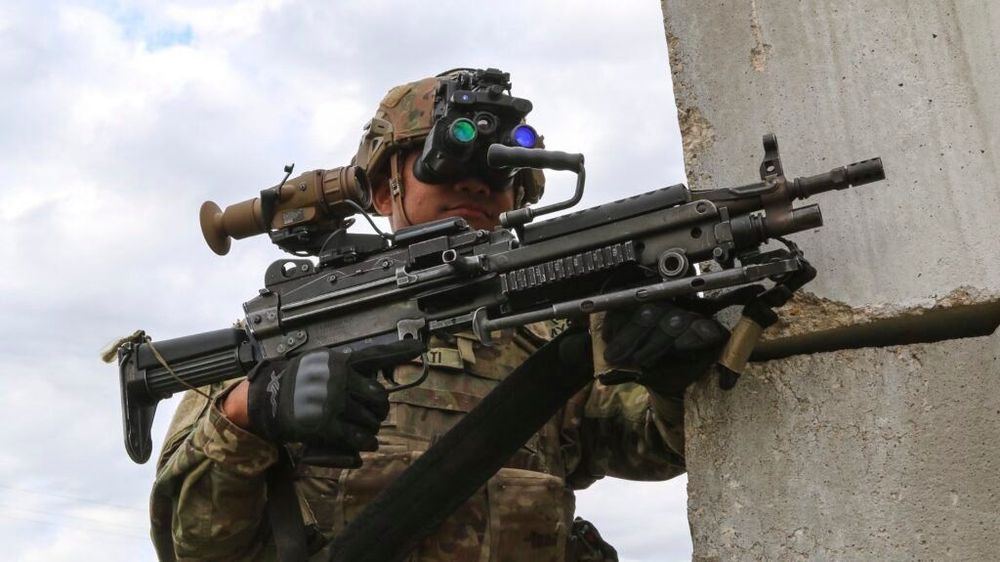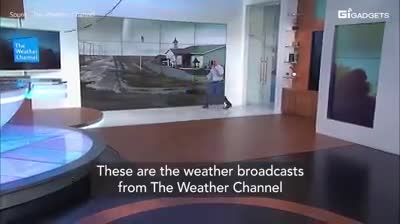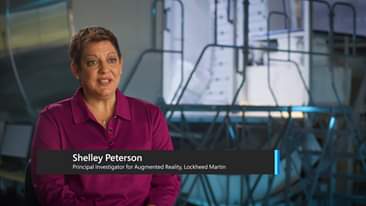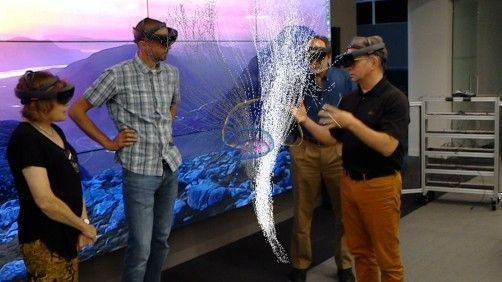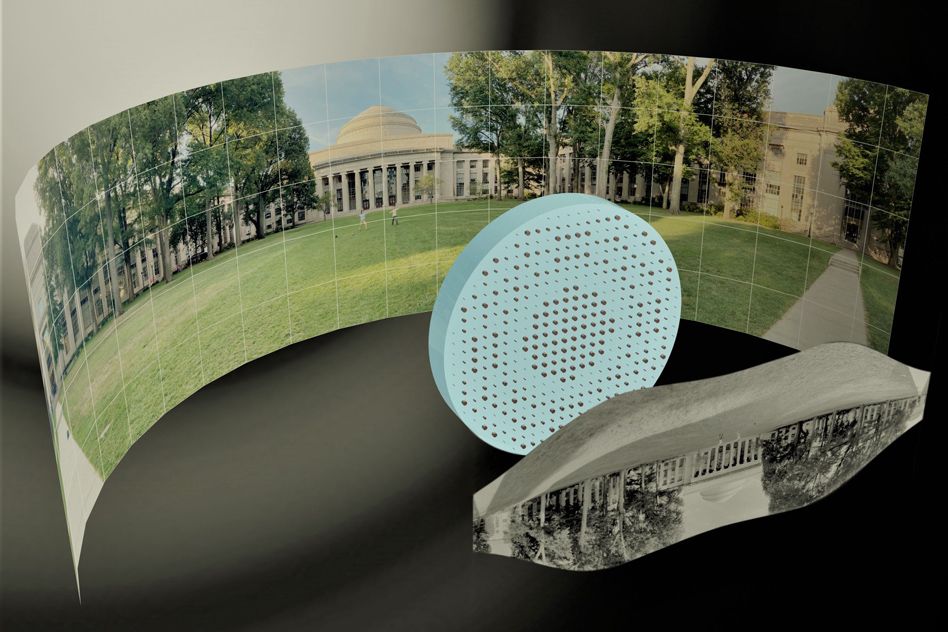
IS THE METAMATERIAL FISHEYE LENS AN ANSWER FOR RETINAL PROJECTION? There is a race to figure out the best way to project images onto the human retina, for augmented reality devices. Since the human retina is curved, unlike a photographic plate, a wide-angled, curved image designed to fit with the inherent curvature of the retina is in order. Planetariums can use fisheye lenses to project onto a curved dome in a similar way. Can modification of the new method for creating flat, wide angled fisheye metalenses be used for this purpose? There would be three immediate applications of such a capability: 1) Augmented reality projection which is not limited to a narrow portion of the visual field. 2) Full immersion virtual reality devices. 3) Night vision glasses that take large areas of aperture and project wide-angled images through a smaller exit pupil than the human pupil. It is possible that such a lens would be used in combination with another complementing metalens to allow the proper projection.
To capture panoramic views in a single shot, photographers typically use fisheye lenses — ultra-wide-angle lenses made from multiple pieces of curved glass, which distort incoming light to produce wide, bubble-like images. Their spherical, multipiece design makes fisheye lenses inherently bulky and often costly to produce.
Now engineers at MIT and the University of Massachusetts at Lowell have designed a wide-angle lens that is completely flat. It is the first flat fisheye lens to produce crisp, 180-degree panoramic images. The design is a type of “metalens,” a wafer-thin material patterned with microscopic features that work together to manipulate light in a specific way.
In this case, the new fisheye lens consists of a single flat, millimeter-thin piece of glass covered on one side with tiny structures that precisely scatter incoming light to produce panoramic images, just as a conventional curved, multielement fisheye lens assembly would. The lens works in the infrared part of the spectrum, but the researchers say it could be modified to capture images using visible light as well.

